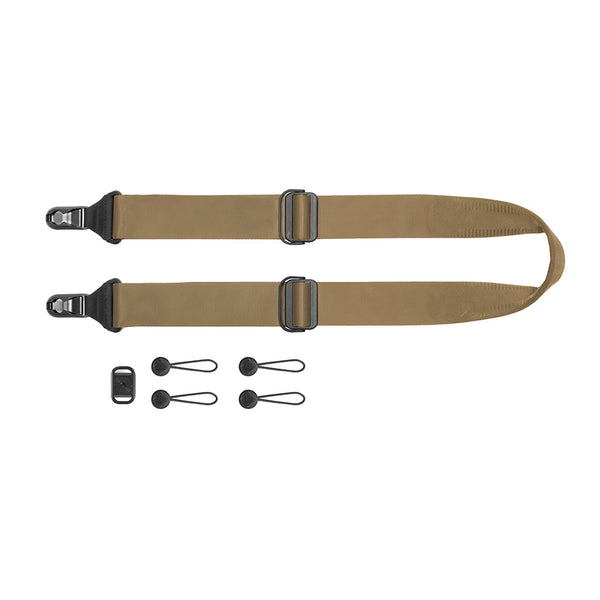I've also tried ball head/gimbal hybrids, like the Flexshooter Pro, but found their range of motion and fluidity no match for a good gimbal, although they are useful when traveling, when space and weight are considerations.
"No match?" As someone who has long used gimbals and now uses a Flexshooter, I think this is hyperbolic. Range of motion is just fine; you have the ballhead control to adjust for extreme upward (or downward) angles. Fluidity is completely adjustable. The only "downside" is that you have to set the balance of the ballhead when you begin shooting, something that after a while takes just a few seconds. You can use the Flexshooter for all of your cameras and lenses, unlike a gimbal, which is yuck when you mount the camera directly on it. I now use my gimbal (Wimberley) pretty much only when I do flash photography, and this because Wimberley offers a terrific flash bracket that mounts right on the gimbal itself.


